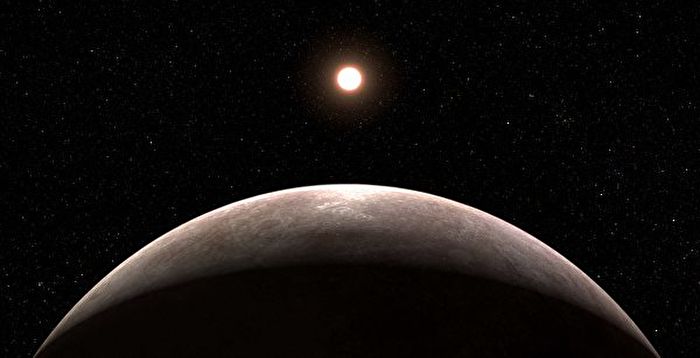New Study Finds Exoplanets with Liquid Water More Common Than Previously Thought
August 08, 2023 – In a recent scientific paper published in “Nature Communications,” researchers have revealed that exoplanets with liquid water may be more abundant than previously believed. This discovery significantly increases the likelihood of finding life elsewhere in the galaxy, according to the authors.
Dr. Lujendra Ojha, the lead researcher at Rutgers University in New Jersey, presented the findings at the Goldschmidt Geochemical Society meeting held in Lyon, France on July 10. He stated, “According to previous estimates, one rocky planet in every 100 star systems has liquid water. However, the new model shows that, given the right conditions, there could be one watery planet per star, making the discovery of liquid water a hundred times more likely than we initially thought.”
With at least 100 billion stars in the Milky Way alone, the presence of liquid water on exoplanets raises the prospect of life existing elsewhere in the universe, as stated by Dr. Ojha.
The study suggests that terrestrial exoplanets, which are planets orbiting stars other than our sun, have geological conditions favorable for liquid water beneath their surfaces. While oceans, lakes, and rivers were previously considered unlikely on these planets, the presence of subsurface oceans has been discovered on celestial bodies within our solar system, such as Saturn’s moon Enceladus and Jupiter’s moons Europa and Ganymede. Other celestial bodies, including dwarf planets Pluto and Ceres, as well as some moons of Uranus, are also suspected of possessing subsurface oceans.
The importance of liquid water for the existence of life is well-established. Dr. Ojha explains that the research demonstrates the potential for liquid water to be found in unexpected places, expanding the possibility of finding environments that could support life.
The study also revealed that a significant number of exoplanets orbiting red dwarfs, the most abundant type of star in the Milky Way, generate their own heat. This production of heat, coupled with the possibility of radioactivity producing liquid water, significantly increases the number of exoplanets that could sustain liquid water.
By considering the gravitational effects of large planets on orbiting moons, the researchers discovered that interior conditions on wet moons in the solar system are constantly stirred. This phenomenon, similar to the moon’s effect on tides but stronger, contributes to the likelihood of finding liquid water on these bodies.
Enceladus and Europa, in particular, are prime candidates for the discovery of life within our solar system. Space agencies around the world have already launched missions to explore these possibilities. The European Space Agency’s JUICE (Jupiter Ice Moon Explorer) mission, launched in April 2023, has made two flybys of Europa, 21 flybys of Callisto, and plans to enter Ganymede orbit. NASA’s Europa Clipper, set to launch in October 2024, will conduct 32 flybys of Europa starting in 2030.
The findings of this study open up exciting possibilities for the search for extraterrestrial life, both within our solar system and beyond. Further exploration and research will undoubtedly shed more light on the potential for life on other exoplanets.
